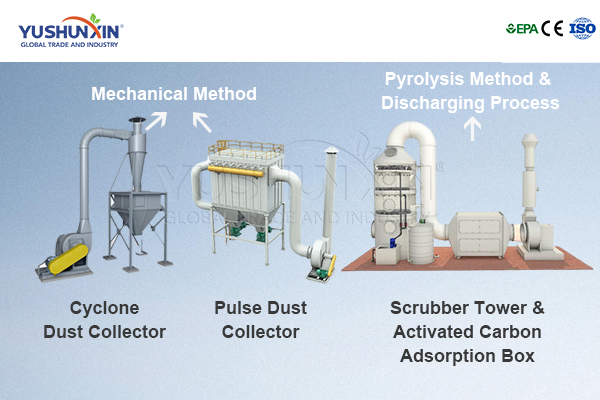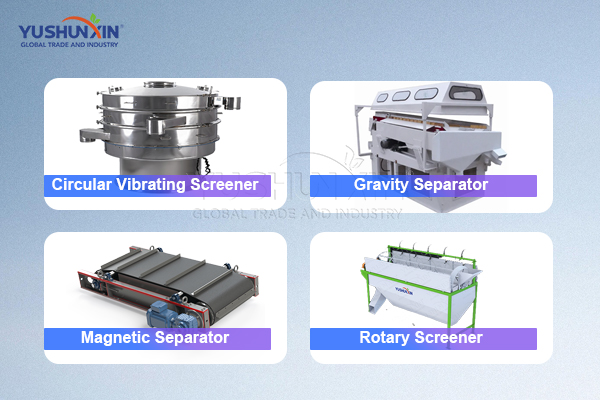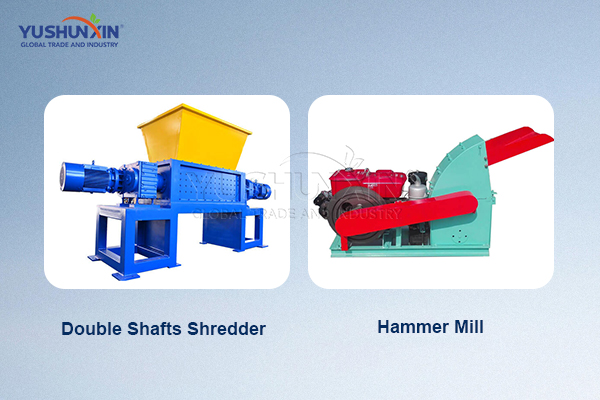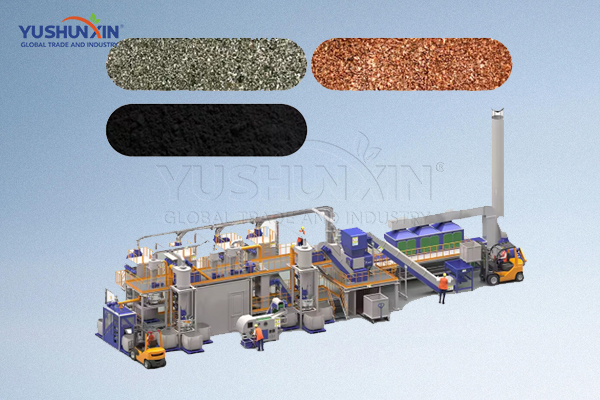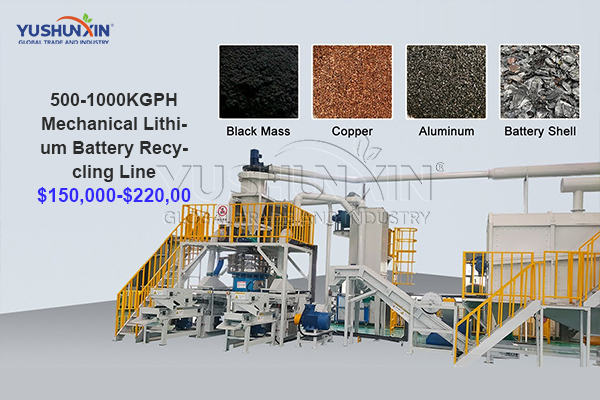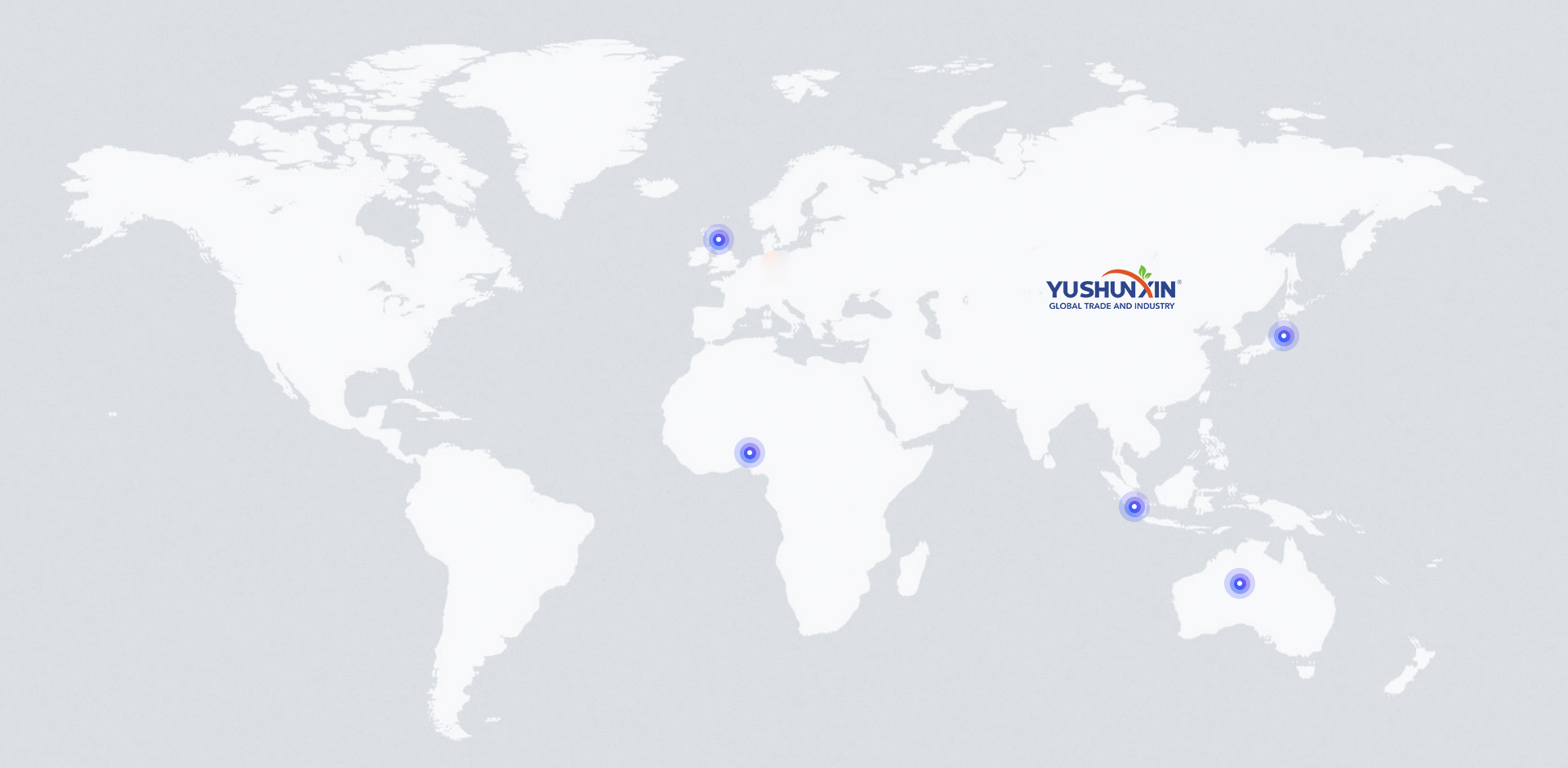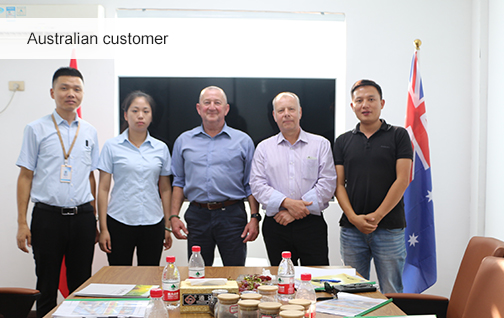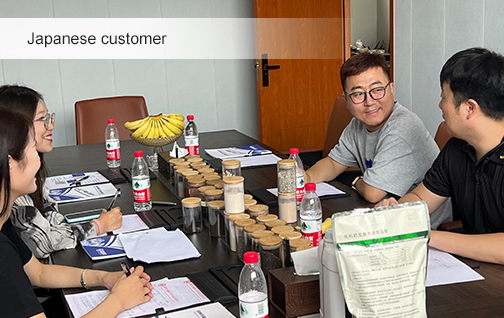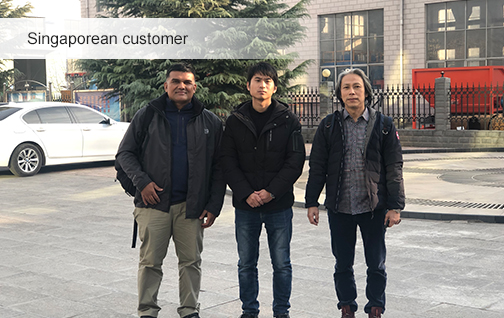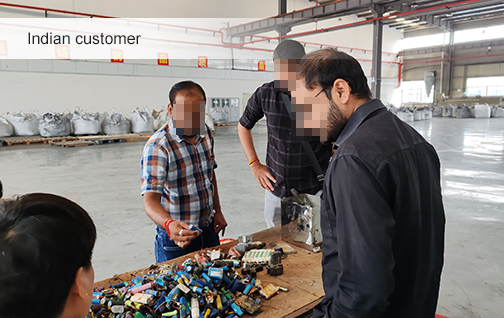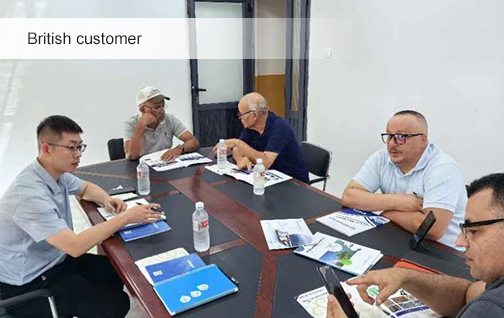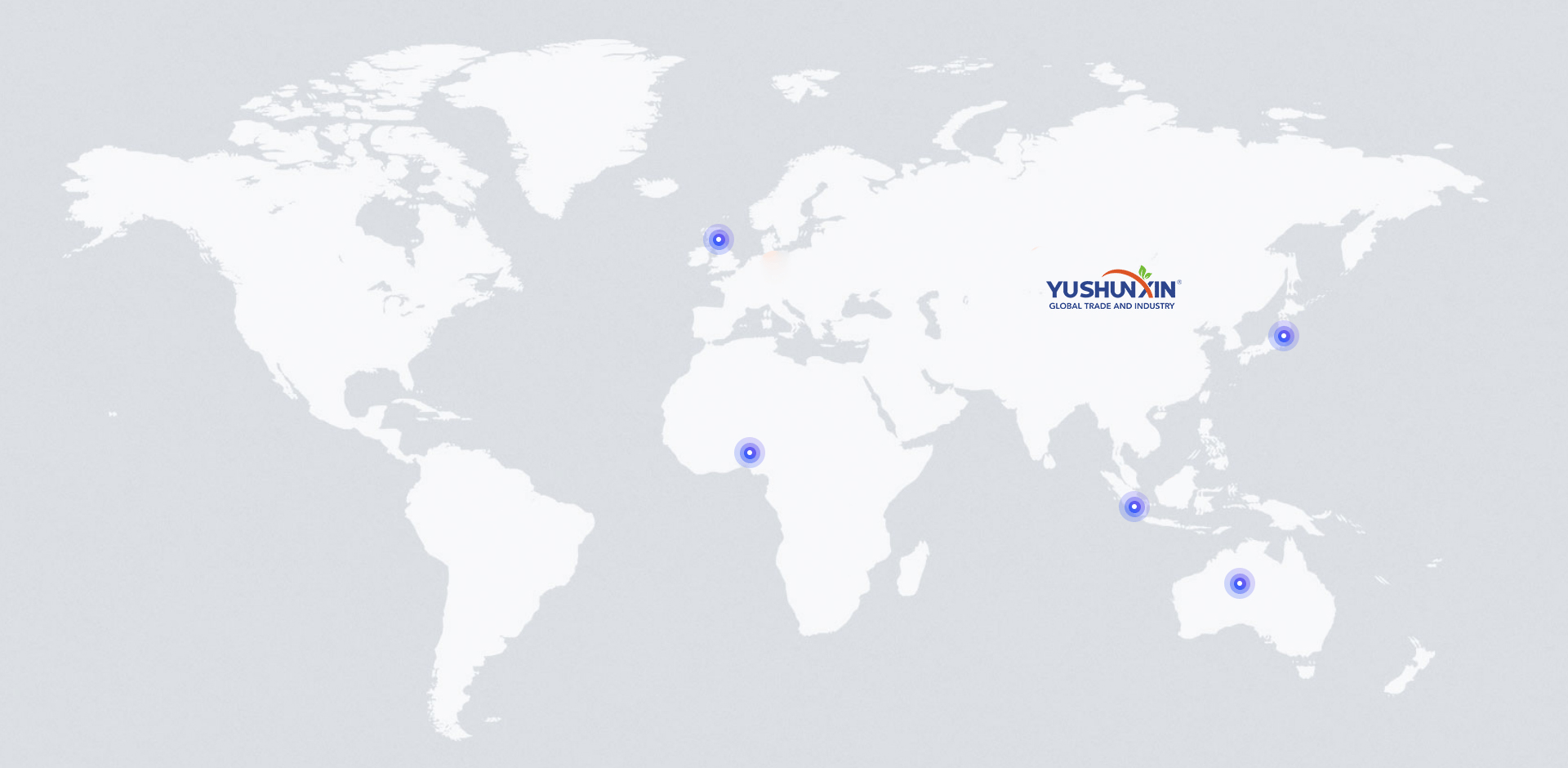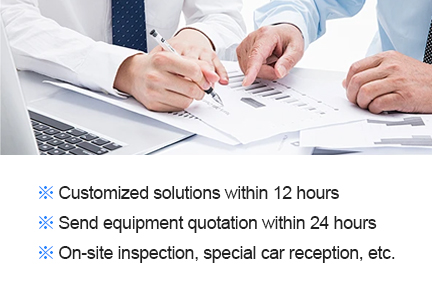
- Home
- About
- Contact
- Products
- LFP Battery Recycling Plant
- Electric Vehicle Battery Recycling Line
- Mobile Phone Lithium Battery Disposal Line
- Lithium Battery Recycling Machine
- 500KG/H Lithium Battery Recycling Plant For Sale
- 1000KG/H Lithium Battery Disposal Project
- Lithium Battery Recycling Machine Cost
- Lithium Battery Discharge Machine
- Lithium Battery Recycling Shredder Machine
- Lithium Battery Recycling Screening Equipment
- Lithium Battery Recycling Dust Collection System
- Solution
- Technology
- Mechanical Lithium Battery Disposal Line
- Lithium Battery Pyrolysis Disposal Process
- Hydrometallurgical Lithium Battery Recycling Plant
- Recycling Solutions for End-of-Life Lithium Battery Separator Materials
- Graphite and Copper Foil Recovery and Reuse in Lithium Battery Disposal
- Black Mass Separation Process in Lithium Battery Disposal
- Eco-Friendly Pollution Control Solution in Lithium Battery Recycling
- Cases&News
- How to Dispose of Lithium Battery in India
- 1000KG/H Lithium Battery Disposal in Japan
- How to Setup a 500KG/H LFP Battery Recycling Plant in Singapore
- $300,000 Cost Mobile Phone Lithium Battery Disposal Plant Building in UK
- How Much is Electric Vehicle Battery Recycling in Australia
- Top 4 Inquires of Lithium Battery Recycling in Singapore
- Mechanical Lithium-ion Battery Recycling Factory Establishing for Fast Investment Return
- Growth of Lithium Battery Disposal Factory Investment in Algeria 2025
- FAQ
Get Solution


